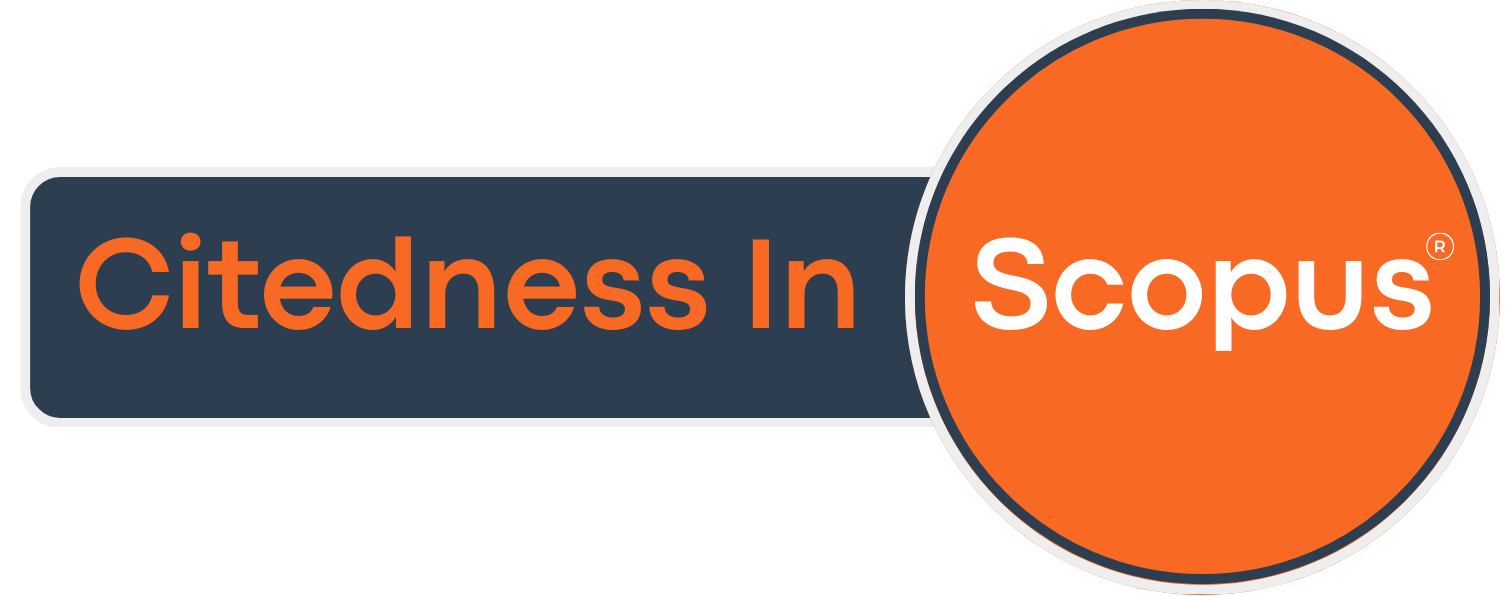Analisa Hasil Uji Impak Sampah Plastik Jenis PP, PET, dan Campuran (PP + PET)
Analysis of Impact Test Results for PP, PET, and Mixed Plastic Waste (PP + PET)
DOI:
https://doi.org/10.21070/r.e.m.v2i1.751Keywords:
Plastic Waste, Sectional Area, Impact Energy, Impact StrengthAbstract
Material Plastic is difficult to decompose, so it needs to be held research on utilization of plastic waste that is around us. Impact test on recycled plastic waste aims to find out the physical properties, tenacity, toughness of plastic waste re-rubbish. Specimens of impact test based on standard sample (ASTM E-23) with Charpy test rod has dimension of size is 10 x 10 x 100 mm (height x width x length). With the notch position in the center, with a V note notch, 2 mm notch depth from the surface of the specimen and 45º notch angle. The specimens were made according to the sample with the test carried out 10 times, with the result of the average value of the specimens being the polypropylene type plastic of the mean energy impact value = 1.31 joule and the mean impact strength value = 0.0161 joule / mm². Polyethylene Terephthalate plastics with mean value of impact energy = 1.15 joule and mean impact strength = 0,0138 joule / mm², plastic mixture between PP and PET value of impact energy = 1.18 joule and mean impact strength = 0.0145 joule / mm². The results of this Polypropelin plastic test have the highest impact value value for recycled plastic waste.
References
S. S. Surdia, Tata, Pengetahuan Bahan Teknik. Jakarta Indonesia, 1995.
Meriam JL dan Kraig LG, “Mekanika Teknik Edisi Kedua Jilid Satu Versi S1,” 1993.
Y. Herman, “Buku Karakterisasi Material 1 Pengujian Merusak (Destructve Testing),” 2009.
William D. Callister Jr. Jhon Wiley dan Sons, “Material Science and Engineering,” 2007.
M.M.Munir, “Modul Praktek Uji Bahan,” vol. 1.
S. Sherverlana, “Modul Praktikum Material Teknik UNILA,” 2013.
Laboratorium Metalografi dan HST Departemen Metalurgi dan material FTUI. Callister, “Modul Praktikum Destructive,” 2007.
Downloads
Published
Issue
Section
License
Copyright Notice
Authors retain copyright and grant the journal right of first publication with the work simultaneously licensed under a Creative Commons Attribution 4.0 International License that allows others to share the work with an acknowledgement of the work's authorship and initial publication in this journal.







